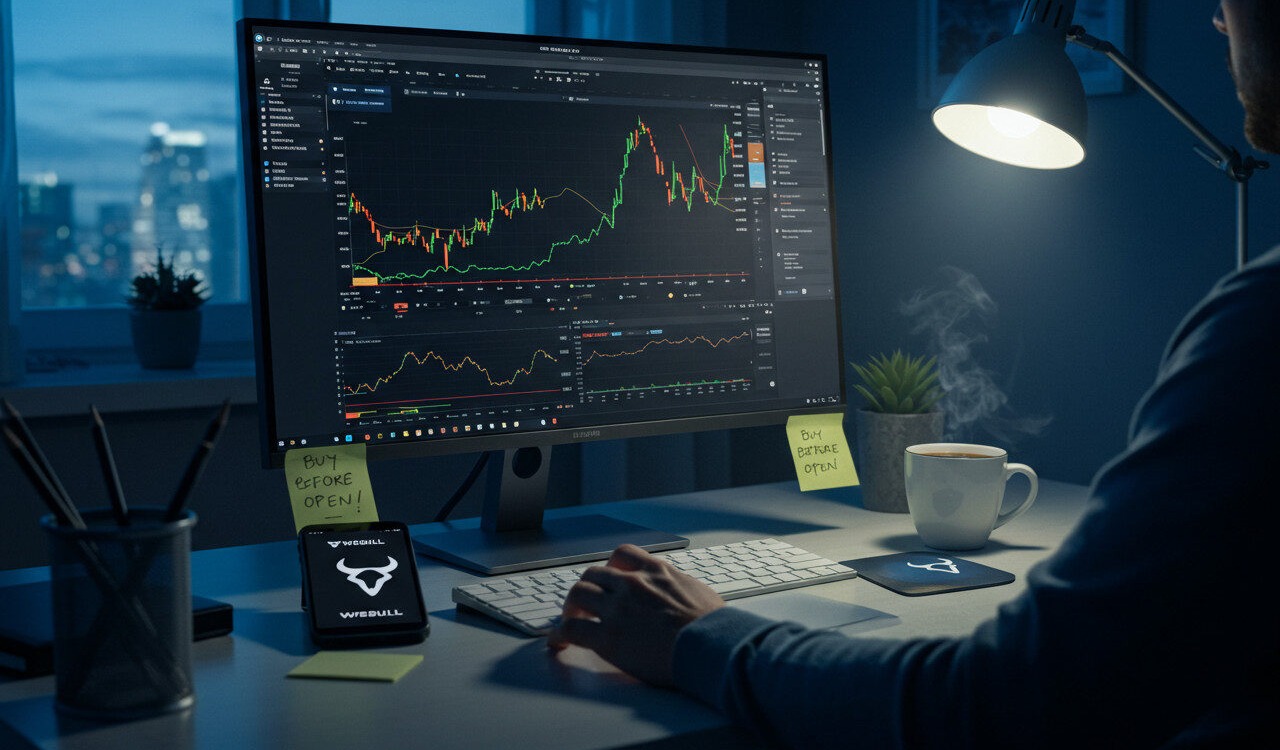What Is Pre-Market Trading?
Before the regular session of the stock market, there is premarket trading. It usually starts as early as 4:00 a.m. EST and ends when the market opens. During this time, investors can react to news that came out overnight, earnings reports, and events around the world. Electronic communication networks (ECNs) are used for premarket sessions, which only allow limit orders. Because there aren’t many trades happening, prices can change more quickly and in ways that are hard to predict. This is why more experienced traders usually trade before the market opens.
Features of Pre-Market Trading
- Reaction to Overnight News: Premarket trading allows investors to act on international news, earnings releases, and economic reports before regular trading begins.
- Electronic Networks Instead of Exchanges: ECNs match buyers and sellers directly without routing orders through traditional exchanges. This reduces transparency and liquidity.
- Only Limit Orders Allowed: Investors can only place limit orders during premarket hours, helping to manage risk in thin trading conditions.
How Pre-Market Differs From Regular Trading Hours
- Order Types: Premarket trading supports limit orders only, while regular hours support market and stop orders as well.
- Market Participants: There are typically fewer participants in premarket sessions, often limited to institutions and experienced retail traders.
- Price Spreads: Wider bid-ask spreads and lower liquidity can lead to sharp, unpredictable price swings.
Why Do People Trade Stocks Before the Market Opens?
Reacting to News Quickly
Many investors want to be the first to act on news or earnings reports released overnight. Early trades may help capture price gains before broader market reactions.
Strategic Positioning
Some traders use premarket trading to adjust their portfolios, respond to global market trends, or test strategies in a quieter environment.
Global Influences
Overnight developments, especially from Asia or Europe, can affect U.S. stocks. Premarket access allows faster response to international market movements.
Potential Benefits for Investors
- Early access to price movements driven by news
- Opportunity to capture gains before the regular session
- Trading flexibility outside traditional business hours
Risks and Challenges of Pre-Market Trading
Limited Liquidity and Price Volatility
Low trading volume can result in wider price swings. It may be difficult to enter or exit positions at desired prices.
Higher Spreads and Unpredictable Movements
Wider bid-ask spreads mean even small trades can cause significant price changes, which increases risk.
Execution Uncertainty
Orders may not fill completely or at all due to limited counterparties. Slippage is more likely than during normal trading hours.
How to Buy Stocks Before the Market Opens
What You’ll Need to Get Started:
- Trading Platform: Choose a broker that supports premarket trading (e.g., Charles Schwab, Interactive Brokers).
- Trading Software: Ensure your platform supports ECN routing and premarket order entry.
- Reliable Internet Connection: Fast and stable internet is important for execution in thin markets.
- Market Awareness: Monitor earnings calendars, news alerts, and economic data releases before market open.
Steps to Buy Stocks Pre-Market
- Choose a Broker Offering Pre-Market Access: Pick a broker such as Interactive Brokers, Robinhood, or Charles Schwab that offers early-morning trading sessions.
- Set Up and Place a Pre-Market Order: Log into your platform, select the stock, enter the number of shares, and choose a limit order. Confirm that the order is placed within the broker’s premarket trading window.
Core Highlights
- Premarket trading runs from 4:00 a.m. to 9:30 a.m. EST and requires a broker that offers ECN access.
- Only limit orders are accepted, and trades may not execute due to low liquidity.
- Price swings can be larger, making it risky for inexperienced traders.
- Trading early can offer opportunities, but only if you’re prepared with the right tools and knowledge.
Final Thoughts
Before the official market opens, active investors can react to news and events in a special way through premarket trading. You need the right broker, tools, and knowledge of how thin trading conditions can change prices. Investors may have an advantage if they can trade early, but it also comes with more risk, especially because there isn’t much liquidity and prices can change quickly. Before you start trading in the premarket, make sure you know your broker’s rules and carefully test your strategies.
Frequently Asked Questions
Can anyone trade stocks before the market opens?
Yes. Anyone with an eligible brokerage account can participate, as long as the broker supports premarket trading and you use a limit order.
Are premarket stock prices different from regular market prices?
Yes. Because fewer trades happen before the market opens, prices may be more volatile and less reflective of true market value.
What are the usual premarket trading hours in the U.S.?
Premarket trading typically runs from 4:00 a.m. to 9:30 a.m. EST. Exact hours may vary depending on the broker.
Is premarket trading suitable for beginners?
It is generally not recommended for beginners due to low liquidity and high price volatility. New investors should gain experience during regular hours before trading early.
Updated by Albert Fang
Source Citation References:
+ Inspo
Benedikt, P. (2025). The Growth Investor’s Playbook: Pathways to high-return investing. Primento Digital sprl.

